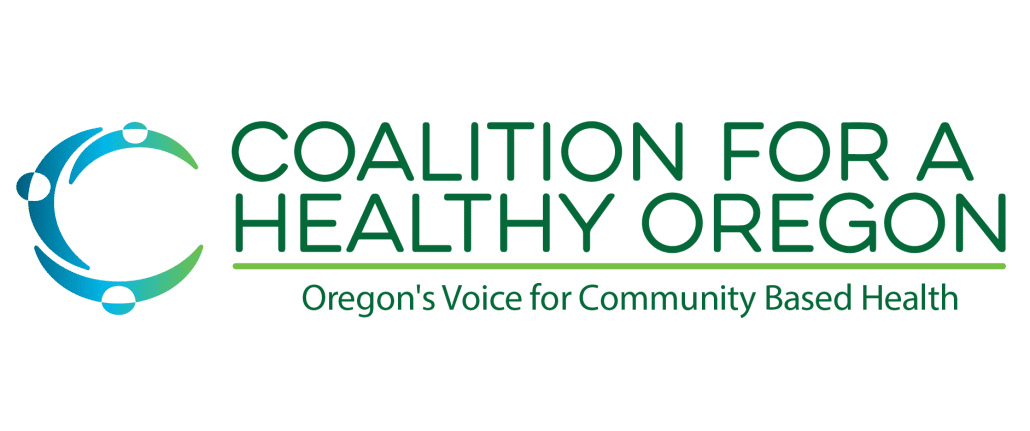Who is eligible to be on the Oregon Health Plan?
Oregon Health Plan is the name given to Oregon’s version of Medicaid. It is made possible by support from the Oregon Legislature (ORS 434) and the Centers for Medicare and Medicaid Services (CMS) through Oregon’s 1115 Waiver.
Oregon Health Plan covers most Oregonians earning 0-138% of the Federal Poverty Guideline, including undocumented Oregonians thanks to the Healthier Oregon Program. As of July 2024, those earning 138-200% are eligible for the Bridge Plan, which is very similar to OHP and is available with zero premiums, co-pays, and deductibles.
CCOs do not enroll people in Medicaid; the State of Oregon determines eligibility. For more information, click here. If help is needed applying, application assisters are community organizations that partner with the State of Oregon to help people with their enrollment paperwork.
Tell me more about CCO’s
What is a CCO?
A CCO, or a Coordinate Care Organization, is a community-run group that manages health care services for individuals covered by the Oregon Health Plan (OHP), the state’s Medicaid program. They focus on providing integrated care, which means they combine physical, mental, dental, and social services. The goal of a CCO is to offer patient-centered care that prevents health problems and improves overall outcomes, while also controlling costs.
Are all OHP Members in a CCO?
Most, but not all, OHP Members are part of a CCO. Approximately 10% of members are not in a CCO, called Fee for Service or Open Card. Open Card members do not receive care coordination or flexible services.
What does the Oregon Health Plan cover?
OHP offers a broad range of benefits, including physical care, mental health services, dental care, and transportation to appointments. The Health Evidence Review Commission (HERC) creates a Prioritized List of covered services based on scientific research, patient needs, and available funding. The state and federal government funding levels determine what services are available from this list.
How does an Oregonian become part of a CCO?
A person who meets the eligibility criteria will be assigned by the state to a CCO. Once enrolled, a CCO ID card and Member Handbook will be issued, and a primary care provider will be assigned to help manage health care services.
What doctors and other providers are part of a CCO’s network?
CCOs work with a wide range of providers, including doctors, specialists, hospitals, and dentists, to ensure members get needed care in a timely way. Each member is assigned a primary care provider who helps oversee regular check-ups and preventive care to keep them healthy.
Access to behavioral health is a major concern in Oregon. How do CCO members receive care for mental health, substance use, or gambling addiction issues?
CCOs have networks of mental health and addiction treatment providers. If a member needs services, a customer service number is provided on the CCO ID Card. CCOs also collaborate with Community Mental Health Programs (CMHPs), many of which are run by local counties. CMHPs accept walk-in patients as a safety net option.
Because the number of professionals in Oregon offering these services is so low, CCOs are also working with the State of Oregon to improve the workforce pipeline so more young people enter this field.
Is it true that OHP members get rides to appointments?
Yes, OHP includes non-emergency medical transportation (NEMT), which can provide rides to and from medical appointments. Some CCOs even offer rides to places like grocery stores, depending on the care plan, through a program called Flexible Services.
What if English is not the primary language spoken?
CCO members have the right to interpretation services, which means they can receive health care information in their preferred language, including American Sign Language. Interpreters may be present in person or join via phone or video call.
What are Health Related Social Needs?
In 2022, Oregon introduced a new benefit called Health-Related Social Needs. Depending on a member’s health situation, this can include items like air conditioners, heaters, refrigerators for medication, and help with nutrition or housing.










